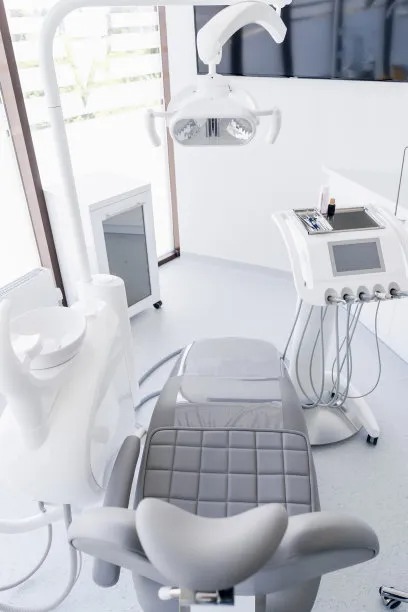Essential Precautions to Ensure a Safe and Effective Root Canal Treatment Procedure for Optimal Dental Health
Summary: This article delves into essential precautions necessary for ensuring a safe and effective root canal treatment, which plays a crucial role in maintaining optimal dental health. Root canal therapy can seem daunting, especially for those unfamiliar with the procedure. By exploring critical aspects such as proper diagnosis and planning, sterilization techniques, anesthesia and pain management, and post-treatment care, we aim to provide comprehensive insights into how these precautions lead to successful outcomes. Understanding these elements not only enhances patient confidence but also promotes better oral health practices.
1. Proper Diagnosis and Treatment Planning

Before any medical procedure, a thorough diagnosis is imperative, and root canal treatment is no exception. Dentists employ various diagnostic tools such as X-rays to assess the condition of the tooth and surrounding tissues. Accurate diagnosis enables the dentist to understand the extent of decay or infection, which is crucial for developing an effective treatment plan.
Additionally, careful planning involves determining the number of visits required and what procedures will be performed. Informing patients about the anticipated steps aids in setting realistic expectations and reduces anxiety. A well-structured plan not only enhances the efficacy of the treatment but also helps ensure the safety of the patient throughout the process.
Finally, documenting the patients medical history is vital to avoid complications. Some patients may have underlying health issues that could affect the treatment, such as allergies to anesthesia or medications. Therefore, gathering this information can lead to more personalized care and better outcomes.
2. Sterilization Techniques and Infection Control
Infection control is paramount during root canal treatment to minimize the risk of complications. One essential precaution involves the sterilization of all instruments and equipment used during the procedure. Dental facilities should adhere to strict guidelines concerning sanitation practices to ensure that everything used is properly disinfected.
Furthermore, the operative field must also be maintained in a sterile environment. This includes utilizing a rubber dam to isolate the tooth being treated from the surrounding area, preventing contamination from saliva and other fluids. The rubber dam not only enhances the effectiveness of the treatment but also ensures safety by reducing the risk of infection.
Additionally, dentists and their staff must practice proper hand hygiene and wear sterilized gloves, masks, and protective eyewear. These measures create a barrier against potential pathogens and uphold the safest possible conditions, reflecting a commitment to patient health and safety.
3. Effective Anesthesia and Pain Management
Anxiety and pain are common concerns for patients undergoing dental procedures, making effective anesthesia and pain management strategies essential. Dentists must carefully assess the pain tolerance levels of their patients to choose appropriate anesthetic methods. A detailed consultation can help in selecting between local anesthesia or sedation options based on patient needs and preferences.
Additionally, monitoring vital signs during the procedure is a critical aspect of patient safety. Continuous observation allows the dentist to recognize any adverse reactions promptly and address them effectively. Patients should also be educated on post-treatment pain management, including the use of over-the-counter pain relievers and instructions on managing swelling.
Finally, following up with patients after the treatment is a vital precaution. Communication allows the dental team to ensure that patients are recovering appropriately and to address any concerns that may arise. This commitment to patient care enhances trust and comfort, fostering positive experiences in dental health management.
4. Post-Treatment Care and Follow-Up
Post-treatment care is just as important as the procedure itself in achieving optimal dental health. Patients should receive clear instructions on how to care for their teeth after a root canal, including recommendations on oral hygiene practices and dietary restrictions. This guidance helps to prevent complications and promotes healing.
Regular follow-up appointments are essential for monitoring the healing process and ensuring the treated tooth is functioning properly. Dentists can also evaluate whether additional treatments may be necessary, thus helping in the long-term maintenance of dental health.
Moreover, encouraging patients to communicate any unusual symptoms or discomfort post-treatment is vital. Early intervention can prevent more severe issues down the line, making clear lines of communication an integral part of patient care. By prioritizing post-treatment care, dental professionals can significantly impact overall patient satisfaction and successful treatment outcomes.
Summary:
The importance of practicing essential precautions throughout the root canal treatment process cannot be overstated. From careful diagnosis and efficient infection control to effective pain management and thorough post-treatment care, these elements work together to ensure both safety and efficacy. By adhering to these guidelines, dental professionals can instill confidence in their patients and contribute to optimal dental health.
This article is compiled by Vickong Dental and the content is for reference only.



